
Gaoli Gongshan Mountain Birding Travel Guide in West Yunnan
Goligongshan Mountain(高黎贡山) is the Mother Mountain of Baoshan(保山) people.
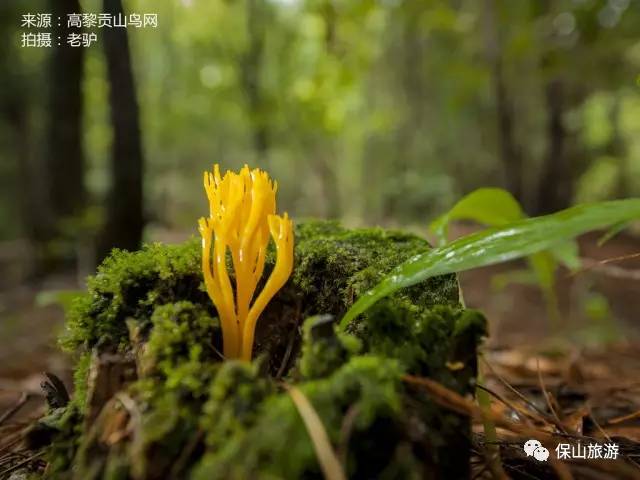
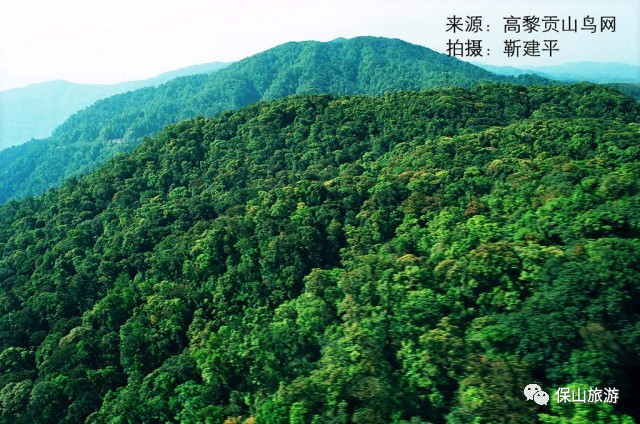
Birds are said to be nature’s elves and birds singing is the most beautiful voice in the world. When the hearts of people living in the city for a long time begin to fiddle, they always want to find a place to listen quietly to birds singing. It says that in recent years Gaoligongshan Mountain(高黎贡山) has been so popular among the birds watching places over the world that it has become a shrine for birds-watchers. We may wish to explore it.
Why do people choose Gaoligongshan Mountain(高黎贡山)?

Gaoligongshan Mountain(高黎贡山), known as the mother mountain of Baoshan(保山) people in Yunnan Province, is located on the southwest border of China. It is a region with the richest biodiversity around the globe and is one of the areas with the most abundant bird species in China, including 19 orders, 58 families and 525 species. Because there are many species of birds with large number, colorful feather and varied melodious sounds usually perching on concentrated distribution. Therefore, in Yunnan, Gaoligongshan Mountain(高黎贡山) is a key area of bird research and one of the most suitable areas for bird-watching ecotourism in China. Besides, it has a high reputation among international bird-watching destinations.
What are the scenic spots to visit in Gaoligongshan Mountain(高黎贡山)?

Beauty Falls(美人瀑布), it is about five or six feet high, up-narrow and down-wide. Whether people appreciate it from a distant or close view, it looks like a beautiful woman, hence the name.
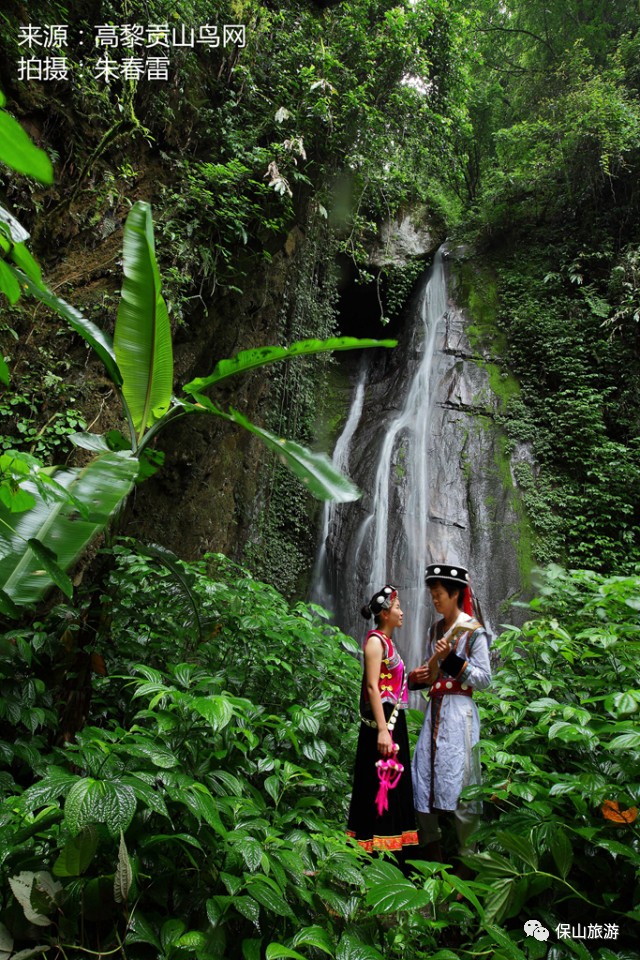
The South Silk Road (in Gaoligongshan Mountain)(南方丝绸之路高黎贡山段), on 4th century BC, set out from Chengdu through Kunming(昆明), Dali(大理), Baoshan(保山), then climbed over the Goligongshan Mountain(高黎贡山) and after Tengchong(腾冲) arrived in Myanmar(缅甸), India(印度), Afghanistan(阿富汗). Its history is more than 200 years earlier than the Northern Silk Road. It is 1.5 to 2 meters wide, and the pavement is entirely made of stones. Due to the continuous business travel in the year, the track of horseshoe is still clearly visible.
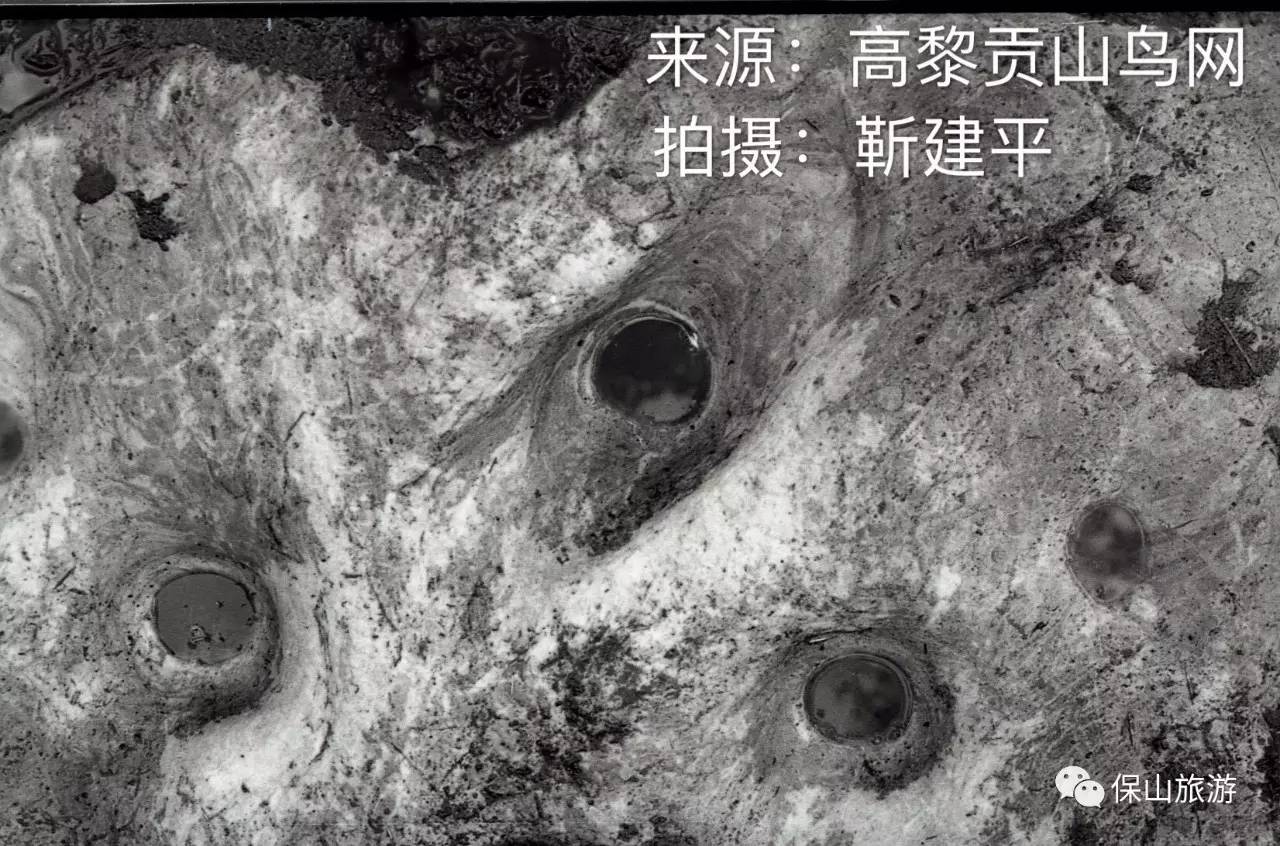
Yin-yang Valley Hot Springs(阴阳谷温泉), located in the heart of the Goligongshan Mount, about 1,000 meters above sea level, includes one large spring at the high and one small at the low, very unique. Locals regard the upper pool as a male pool and the small pool below as a female pool. Therefore, it is called Yin-yang Hot Springs.
PS: (in Chinese philosophy, medicine, etc.) Yin and yang , the two opposing principles in nature, the former feminine and negative, the latter masculine and positive.

Goligongshan Mountain(高黎贡山) covers so vast, where is the best bird watching site?

The Baihualing Scenic Spot, located at 25°42′44.45″N and 98°52′13.80″E, is the first bird watching camp developed in Gaoligongshan Mountain. From the Longyang District(隆阳区) of Baoshan(保山), after out the Mengkuan township government(芒宽乡政府), it travels about 35 kilometers along the Baoshan(保山) direction, then reaches. Because of well-protected natural environment, abundant species and complex bird fauna, 343 species, belonging to 18 orders, 52 families and other 4 subfamilies, have been recorded so far. The number of birds species recorded accounts for 43.3% of the total recorded bird species in Yunnan Province, among which 5 species belong to the national first-class protection species and 33 species of national second-class protection species. It is known as “the Golden Triangle of China bird watching Zone” and “the five-star holy land”in bird photographers’ hearts.

Baihualing bird watching spots
Dapingtai(大平台),when the Cerasus serrulata(山樱花) or Leucosceptrum canum(米团花) blossom, is a great bird watching spot. There have existed Fire-tailed Sunbird, especially the long-tail breeding plumage male birds, and Orange-bellied Leafbird, Fire-breasted Flowerpecker, Spiderhunter, Rufous-vented Yuhina, Grey Sibia, even Slender-billed Scimitar Babbler.
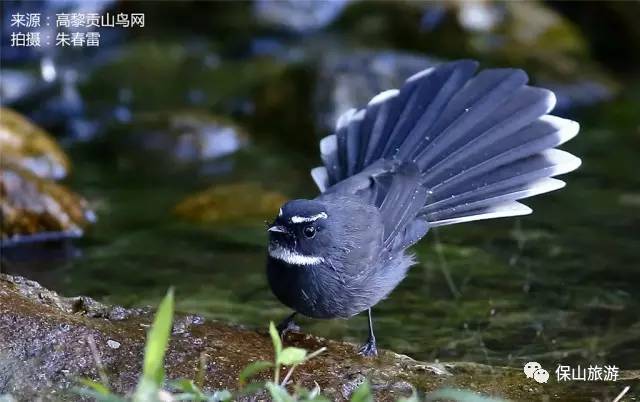
Erpingtai(二平台),where people can watch Red-tailed Laughingthrush, Black-throated Sunbird, Long-tailed Broadbill, and all other kinds of babblers, Maroon Oriole, Scarlet Finch and so on.
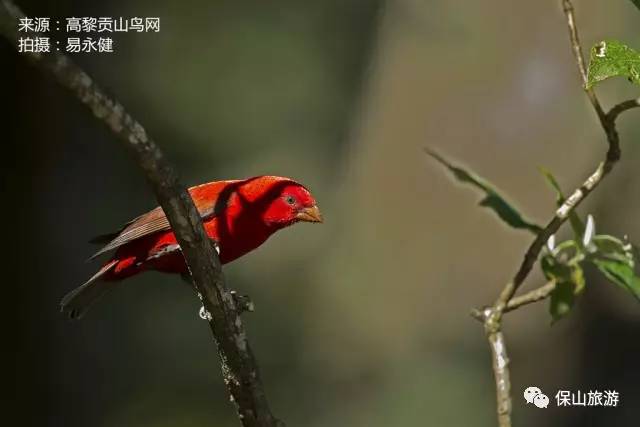
Dawanzi(大湾子),where in the morning and afternoon people can meet a bird-wave consisted of a variety of babblers and birds, among which Golden Bush Robin and several species of thrush (Long-tailed Thrush, Grey-backed Thrush, Grey-winged Blackbird, etc.) are representatives, as well as Mrs. Gould’s Sunbird, Chestnut-bellied Rock Thrush and so on.

Wenquan or Hot Spring(温泉), the representative birds of this line are Red-headed Trogon, three famous kinds of Tesia in Yunnan(Chestnut-headed Tesia, Grey-bellied Tesia, Slaty-bellied Tesia), Slaty-backed Forktail, Little Forktail, Greater Yellownape, and Black-eared Shrike-babbler, etc. Recently, people are surprised to see White-eared Night Heron here.
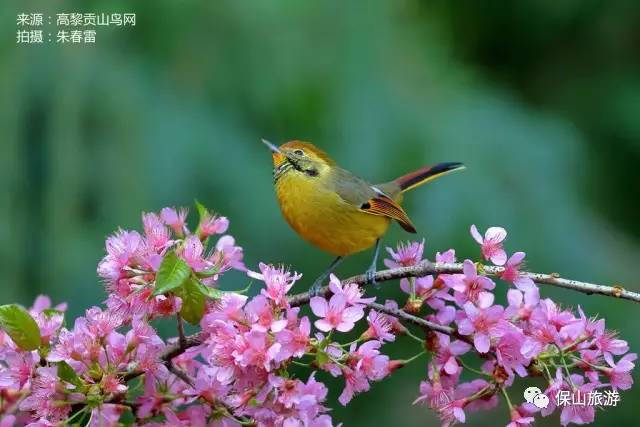
Jiujie or The Ancient Street(旧街), once had lived a few households, who has now moved away.The representative birds of here are Fire-tailed Sunbird, Green-tailed Sunbird, Rusty-capped Fulvetta, Greater Yellownape, Slender-billed Scimitar Babbler, etc.
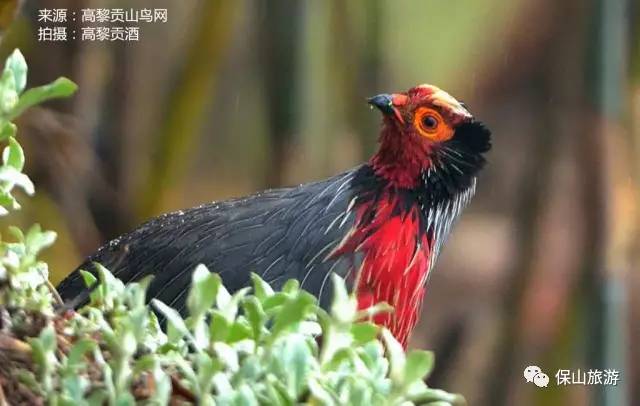
Ertaipo(二台坡), is riches of Scaly Laughingthrush, Himalayan Cutia, Mrs. Hume’s Pheasant due to its high altitude.

Nanzhaigong(南斋公),is one of the most challenging birds watching spots, where exists peculiar Sclater’s Monal, Fire-tailed Myzornis, Mrs. Hume’s Pheasant, etc.
Bird watching routes recommendation:

1, Gangdang – Baihualing – Jinchang River, more than 150 birds, 2-3 days for birds watching.
2, Baihualing – Zhaigongfang – Linjiapu, more than 200 birds, 3-5 days for birds watching.
3, Baoshan – Nujing Valley – Baihualing – Dahaoping – Tengchong – Datang – Zizhi – Gaoligongshan Nature Park – Baoshan, more than 300 kinds of birds, 9-11 days for birds watching.
4, Baoshan – Nujiang Valley – Baihualing – Gaoligongshan Nature Park – Datang – Zizhi – Tengchong – Longling – Xiaoheishan – Jiangzhongshan – Hongqi Bridge – Baoshan (this is the ring route in the Baoshan City), more than 350 birds, 10-12 days for birds watching.
5, Baoshan – Nujiang Valley – Baihualing – Gaoligongshan Nature Park – Datang – Zizhi – Tengchong – Yingjiang River – Ruili – Mangshi (this is the ring line connected with Dehong), more than 400 birds, 14-16 days for birds watching.
About the bird ponds
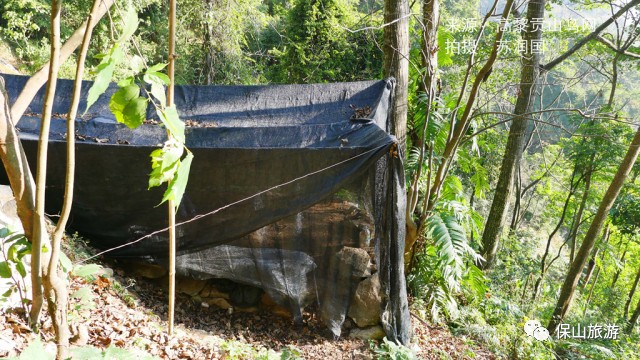
Each bird pond has a unique “star bird”. For example, No. 1 Bird Pond is Greenback Shortwing Thrush, No. 3 is Slender-billed Scimitar Babbler, No. 8 Bird Pond is Scaly Laughingthrush, No. 15 Bird Pond are Black-streaked Scimitar Babbler and Moustached Laughingthrush, and No. 18 Bird Pond is Hill Partridge and No. 32 Bird Pond is Streaked Wren-Babbler.
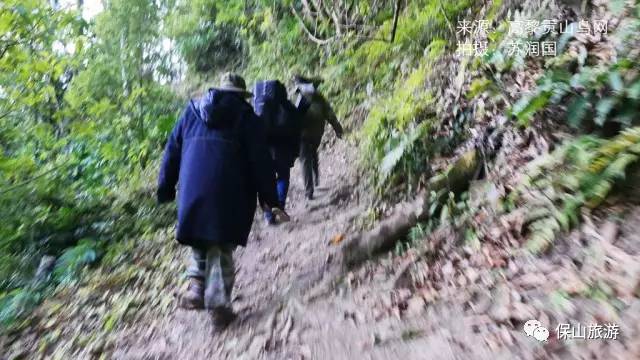
The bird ponds in Baihualing(百花岭) are mainly built around the mountain roads of the Gaoligongshan Mount(高黎贡山). Each bird pond is built matching with an about one-square-meter-sized puddle in different villagers own mountain forest, and is numbered from 1 to 36. Most ponds are built on steep slopes where villagers use camouflage nets to form very simple hidden shooting sites. Each site is also numbered by the owner of the forest according to the size of each location. To be fair, bird watchers need to buy tickets to reserve their sites. In addition, some birds watching sites not owned by the villagers are usually named as the as these place names.
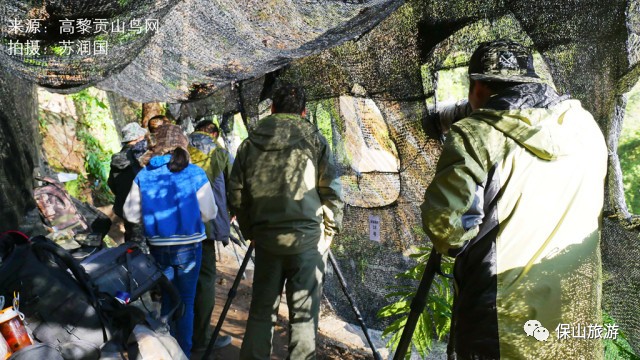
Among all the ponds, No. 1 Bird Pond has the largest number of photographers and is the first to provide the service. The origin of bird pond is said to be that in 2009, a photographer from another province, while on the way following the guide to shoot, suddenly found a water pipe for irrigation in the woods burst and overflow, forming a pond. But it was this pond that actually attracted a lot of birds to swim and bathe here. And this scene happened to be discovered by a group of photographers, who took more than one month near the puddle to keep watch and shoot. Then the villagers began to build private ponds to attract birds and make it easier for photographers to shoot.
Best bird watching season and time in different places

Season: from each October to the next May
Time & Place: 7:00am – 11:00am, 17:00pm – 20:00pm at Dongpo(东坡)
8:00am – 12:00am, 17:00pm – 20:00pm at Xipo(西坡)
PS:The best season to watch Scarlet Finch is from January to March in each year. Especially on a sunny day from 8:00am to 11:30am, birds watcher can snap varied attitude of birds on the northern and southern sides of Chongxianggou Waterfall(舂响沟瀑布).
Essential equipment for Bird Watching includes waterproof mountain jackets, drinks, snacks,SLR cameras, telephoto lenses, etc.
Tips on transportation and accommodation

Transportation
Self-driving route: Set out from Baoshan(保山) in Tengchong(腾冲) direction via Hangzhou-Ruili freeway(杭瑞高速), then leave the freeway at Lujing River(潞江) to 230 provincial highway, where there are landmarks reading as Saimaba Dam(赛马坝), Mangshi Village(芒市寨), Conggang Village(从岗村), after that leave the provincial highway and turn right at Gangdang(岗党) Road, finally go straight about 110km to Baihualing Ecotourism Area(百花岭生态旅游区). The traffic is in condition.
Walking route: Take a bus to Mangkuan(芒宽) at Baoshan south station, get off at Gangdang(岗党), and tell the tickets seller to Baihualing(百花岭). The journey is about 2 hours and a half. Travelers can wait for the inn keeper to pick up them on the roadside.
Accommodation
During the shooting, the owner of the bird pond will help contact lunch and all other trivium, so that bird watchers can photograph at ease.

Pay attention
1,In field activities, please pay attention to safety and mosquito bites.
2, Please shoot with civilization, no feeding, respect the habits of birds, keep a certain distance from the them, and do not disturb them. It is recommended to wear camouflage clothes and other clothes that are close to the natural color as much as possible, and avoid wearing clothes with too bright colors.
Tips on getting started with birds shooting
◆ Use longer focal length. In order not to disturb birds, long focus lenses are generally required for photographing.
◆ Ensure the shutter speed. To shoot a flying bird, the shutter should take about 1/500 in seconds to clearly capture the subject’s image and, if necessary, consider increasing cameras’ sensitivity.
◆ Burst mode capture. Conscious continuous shooting helps capture the most wonderful dynamic bird movements.
Chinese Vervion: http://www.sohu.com/a/168588160_786045

 7 Days GolfingTour
7 Days GolfingTour
 8 Days Group Tour
8 Days Group Tour
 8 Days Yunnan Tour
8 Days Yunnan Tour
 7 Days Shangri La Hiking
7 Days Shangri La Hiking
 11 Days Yunnan Tour
11 Days Yunnan Tour
 6 Days Yuanyang Terraces
6 Days Yuanyang Terraces
 11 Days Yunnan Tour
11 Days Yunnan Tour
 8 Days South Yunnan
8 Days South Yunnan
 7 Days Tea Tour
7 Days Tea Tour
 8 Days Muslim Tour
8 Days Muslim Tour
 12 Days Self-Driving
12 Days Self-Driving
 4 Days Haba Climbing
4 Days Haba Climbing
 Tiger Leaping Gorge
Tiger Leaping Gorge
 Stone Forest
Stone Forest
 Yunnan-Tibet
Yunnan-Tibet
 Hani Rice Terraces
Hani Rice Terraces
 Kunming
Kunming
 Lijiang
Lijiang
 Shangri-la
Shangri-la
 Dali
Dali
 XishuangBanna
XishuangBanna
 Honghe
Honghe
 Kunming
Kunming
 Lijiang
Lijiang
 Shangri-la
Shangri-la
 Yuanyang Rice Terraces
Yuanyang Rice Terraces
 Nujiang
Nujiang
 XishuangBanna
XishuangBanna
 Spring City Golf
Spring City Golf
 Snow Mountain Golf
Snow Mountain Golf
 Stone Mountain Golf
Stone Mountain Golf


















